20 February 2025
Education is constantly evolving. With the rise of technology and the need for 21st-century skills, traditional teaching methods are being challenged. Enter Project-Based Learning (PBL) in a blended classroom — a perfect mix of hands-on learning and digital resources. But what exactly is this teaching style, and how can it benefit both teachers and students? Let’s dive deep into the world of PBL and see how it transforms the blended classroom into a dynamic learning environment.
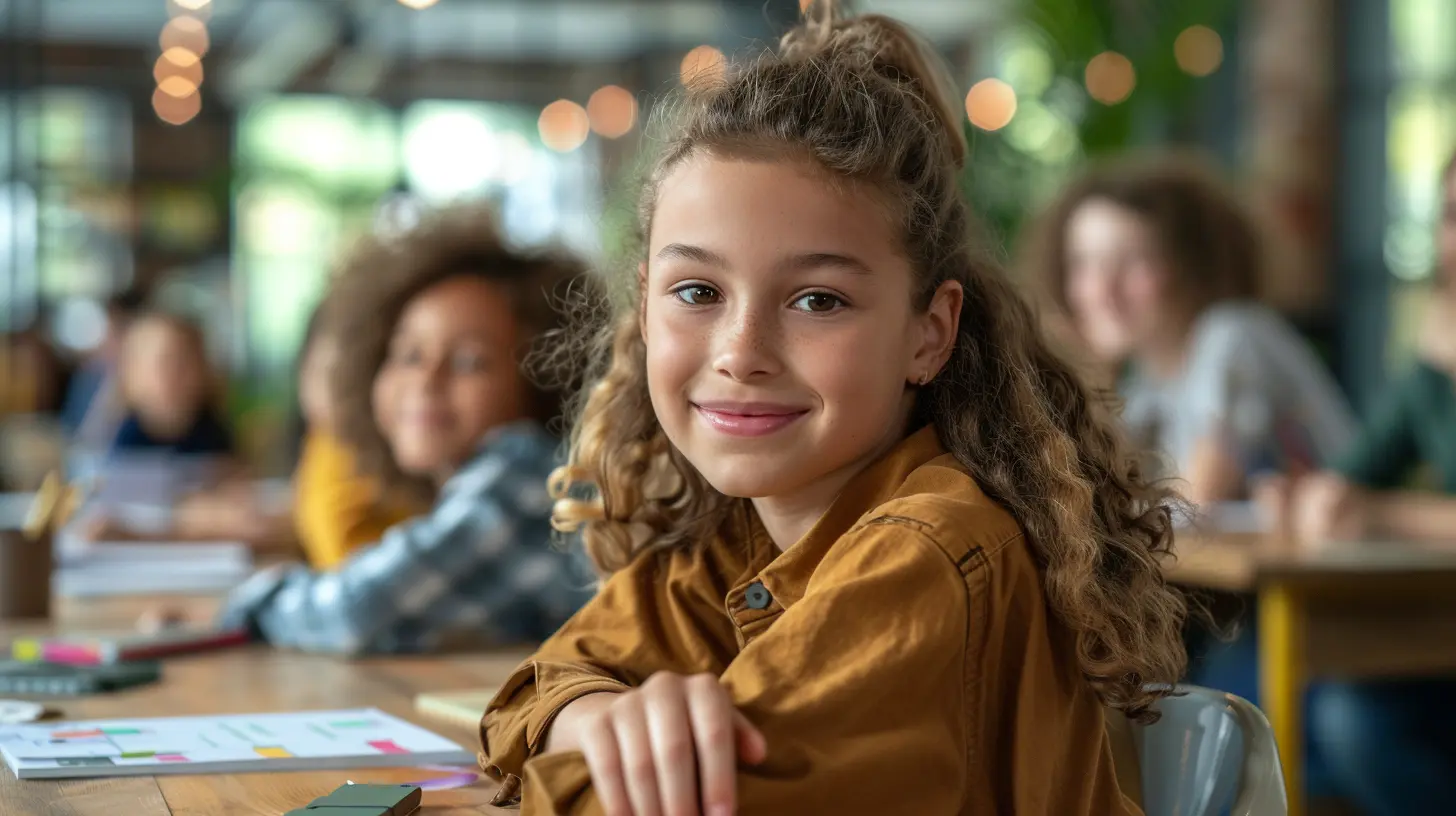
What is Project-Based Learning (PBL)?
Before we get into how this works in a blended classroom, it's essential to understand what Project-Based Learning is all about. In a nutshell, PBL is a teaching method that encourages students to learn by doing. Instead of passively absorbing information through lectures or textbooks, students actively engage in projects that require investigation, problem-solving, collaboration, and critical thinking.Imagine you're trying to learn how to ride a bike. You could read a manual, watch a video, or listen to someone explain the process. But will that really make you a good cyclist? Probably not. The best way is to hop on the bike and start pedaling. That’s PBL in action — students learn by "doing the thing" rather than just hearing about it.
Key Elements of PBL
- Real-world relevance: The projects often mimic real-world challenges or tasks, making learning more relevant and engaging.- Student-driven: Students are usually given a degree of autonomy over how they complete their projects.
- Collaboration: Working in teams, students develop essential interpersonal and communication skills.
- Reflection and revision: It’s not just about doing a project but also reflecting on the process and revising their work.

What is a Blended Classroom?
Now, let’s talk about the Blended Classroom. Simply put, a blended classroom combines traditional face-to-face teaching with online learning tools. It’s like the best of both worlds — students benefit from in-person interaction while having access to digital resources that enhance their learning experience.A blended classroom might look like this: students attend physical classes a few days a week, where they receive instruction and engage in group discussions. On other days, they work on assignments or projects online, using digital platforms to collaborate with peers or submit work.
Benefits of a Blended Classroom
- Flexibility: Students can learn at their own pace. The online components allow them to review materials or move ahead as needed.- Access to resources: With a blended approach, students have access to a wide array of digital resources beyond what’s available in a traditional classroom.
- Personalized learning: Teachers can tailor lessons to individual needs, providing extra support for students who need it while allowing more advanced students to progress faster.
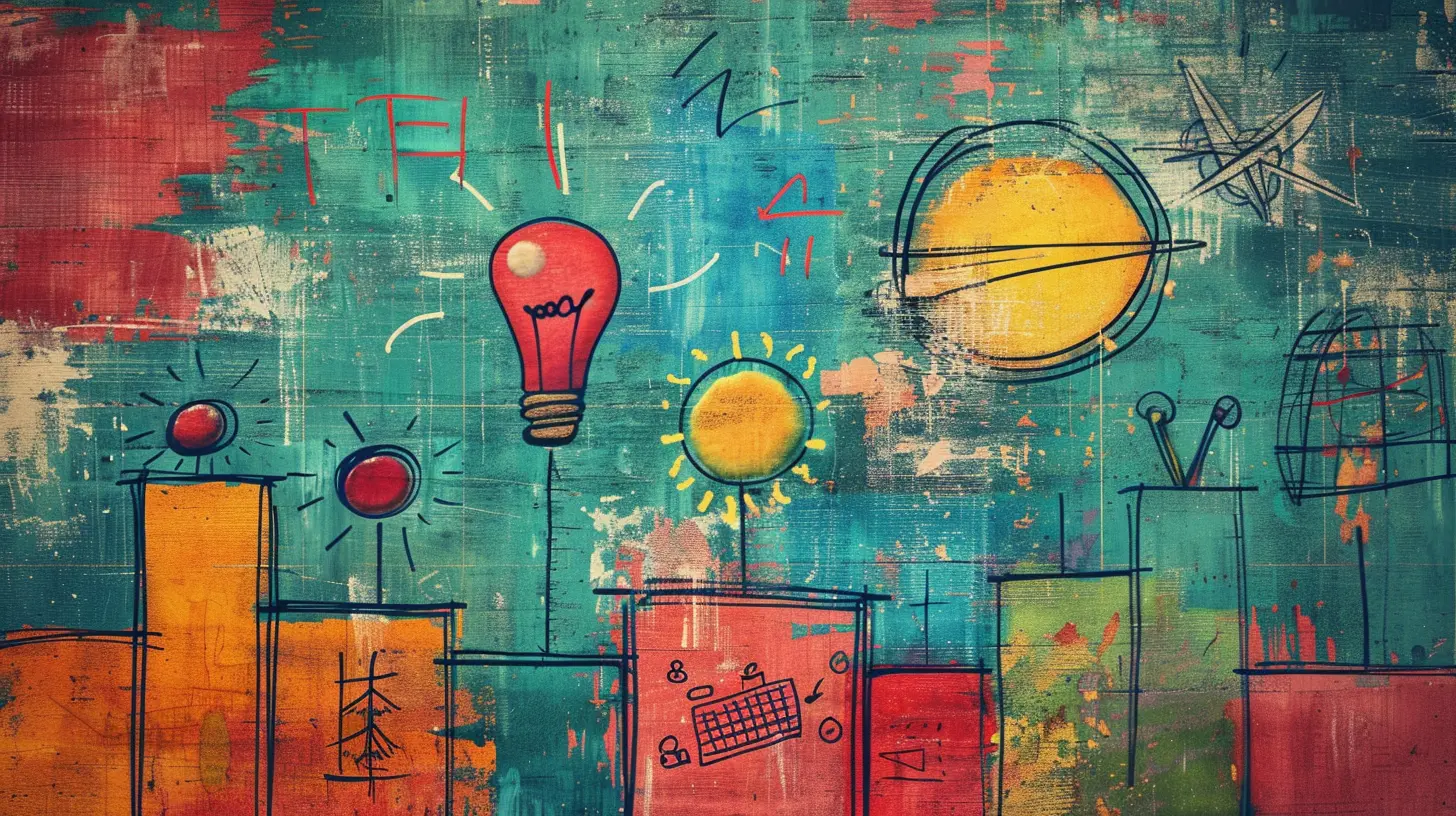
Why Combine PBL with a Blended Classroom?
Now that we know what PBL and blended learning are, why combine the two? The answer lies in their complementary benefits. PBL focuses on active, hands-on learning, while a blended classroom leverages the flexibility and resources of online education. Together, they create a powerful learning environment that fosters creativity, critical thinking, and collaboration.Amplifying Student Engagement
One of the biggest challenges in a traditional classroom is keeping students engaged. With PBL, students work on real-world problems that are meaningful to them. This relevance boosts engagement because they can see how what they’re learning applies outside the classroom. When combined with the flexibility of a blended classroom, students are more motivated to take ownership of their learning.Fostering 21st-Century Skills
Today’s workforce demands more than just knowledge. Employers are looking for people who can solve problems, think critically, and collaborate effectively. PBL in a blended classroom provides students with the opportunity to develop these skills. Through their projects, they learn how to research, plan, collaborate, and communicate — all crucial skills for their future careers.Personalized Learning at Its Best
In a blended classroom, technology allows for personalized learning paths. Students can work on their projects at their own pace, with teachers providing guidance and resources tailored to their individual needs. Some students might need extra help with research, while others may excel in creative problem-solving. The blended approach allows each student to focus on what they need most, making the learning experience more effective.Collaboration in the Digital Age
Collaboration is one of the cornerstones of PBL. But in a blended classroom, collaboration takes on a new dimension. Thanks to digital tools, students can work together even when they're not physically in the same room. They can use platforms like Google Docs, Trello, or Slack to communicate, share ideas, and collaborate on their projects in real-time. This not only prepares them for the modern workplace but also teaches them how to work effectively in a virtual environment — a skill that’s becoming more essential every day.Assessment in a PBL Blended Classroom
Assessment in traditional classrooms usually revolves around tests and quizzes. But with PBL, the focus shifts from rote memorization to demonstrating what students have learned through their projects. In a blended classroom, teachers can use both online and offline tools to assess students’ progress. For example, they can monitor student participation in online forums, review project drafts, or use digital rubrics to evaluate final presentations.This allows for a more holistic approach to assessment. Rather than focusing solely on the final product, teachers can assess the entire learning process — from planning and research to collaboration and reflection.

Challenges of Implementing PBL in a Blended Classroom
Like any educational approach, combining PBL with blended learning comes with its own set of challenges. Let’s be real: it’s not all rainbows and unicorns. However, with careful planning, these challenges can be overcome.Time Management
One of the biggest challenges is time management. Projects can take a lot of time to complete, and balancing that with the other demands of the curriculum can be tricky. On top of that, students may struggle to manage their own time when working on projects in a blended environment. Without the structure of a traditional classroom, some students may fall behind.Solution: Teachers need to provide clear timelines and checkpoints, ensuring that students stay on track. Using digital tools like calendars or project management apps can help students organize their work and meet deadlines.
Access to Technology
In a blended classroom, students need access to technology — laptops, tablets, the internet, etc. Unfortunately, not all students have equal access to these resources, which can create a digital divide.Solution: Schools need to ensure that all students have the necessary tools to participate in a blended classroom. This could include providing devices or ensuring access to high-speed internet. Additionally, teachers should offer offline alternatives for students who may have limited access to technology.
Teacher Training
Implementing PBL in a blended classroom requires a shift in how teachers approach their roles. Instead of being the “sage on the stage,” teachers become facilitators, guiding students through their projects. This requires professional development and training.Solution: Schools should invest in ongoing professional development for teachers, helping them adapt to this new teaching style. Teachers can also collaborate with peers to share strategies and best practices for combining PBL with blended learning.


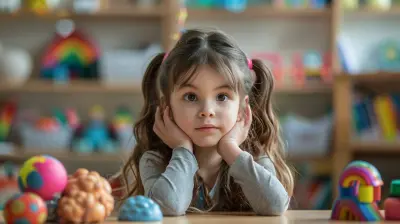
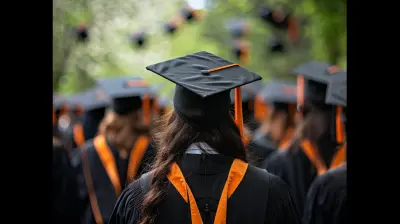
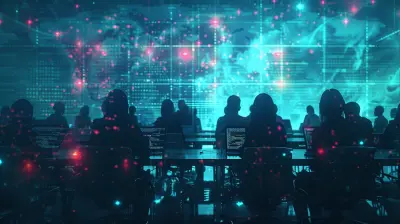
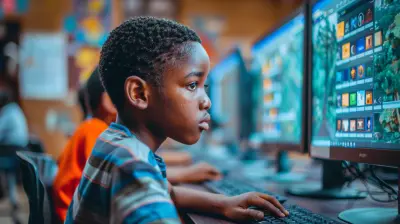
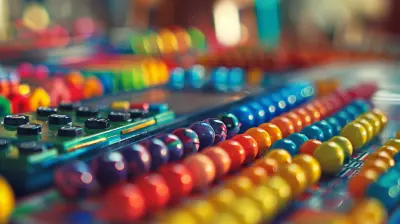
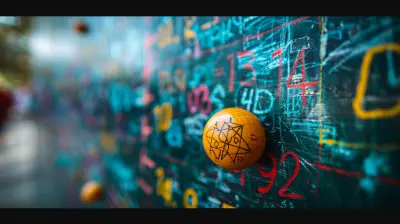

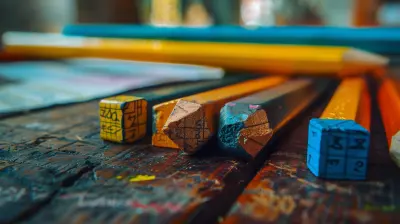

Craig McQuade
Absolutely love the idea of project-based learning in a blended classroom! It’s like mixing your favorite ingredients for the perfect recipe—learning becomes deliciously engaging and meaningful. Keep experimenting and inspiring those young minds! You’re all doing amazing work!
March 17, 2025 at 9:04 PM